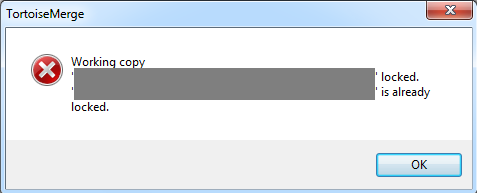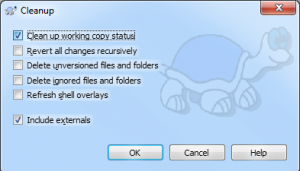Just wanted to upgrade a Zimbra server from 8.7.3 to 8.7.5. The upgrade always asks you whether to check database integrity. Even it was only a minor upgrade, I chose yes to be on the safe side. And it turned out the MySQL DB was indeed corrupt.
I had seen corrupt zimbra dbs a lot and the “MySQL crash recovery” guide in the zimbra wiki always helped out. But not this time.
I tried the crash recovery as explained in the wiki. When doing dumps, four mboxgroup-databases always failed because the index open_conversation of the table open_conversation was corrupt. As the guide explains, I increased innodb_force_recovery step by step from 1 to the maximum 6, but the error did not go away.
So here is what helped:
- Try to create the dumps as explained in the crash recovery guide. You will get errors like this:
Dumped mboxgroup8 mysqldump: Error 1712: Index open_conversation is corrupted when dumping table `open_conversation` at row: 0 Dumped mboxgroup9
This means that mboxgroup9 (not 8!) is corrupt. Write down all the mboxgroup numbers where an error appeared.
- Remove innodb_force_recovery from the my.cnf if you inserted it
- Login as zimbra
su zimbra
- Restart the mysql server
mysql.server restart
- Load the MySQL account data into shell variables
source ~/bin/zmshutil ; zmsetvars
- Log into MySQL using the root account
mysql -u root --password=$mysql_root_password
- Open the first database that is corrupt:
USE mboxgroup9;
- Repair the corrupt open_converstation table:
OPTIMIZE TABLE open_conversation;
Note: If this fails, check if you really removed innodb_force_recovery from the my.cnf!
- Go back to step 7 and open the next database that is corrupt until all have been repaired.
Now exit the MySQL prompt:exit;
- You can now continue with the crash recovery, it should now create all dumps correctly. But if the open_conversation tables where the only corruption problem, you could also just stop here as this should have fixed the corruption. In my case, I jus started the upgrade again and let it verify message store database integrity again, and this time it completed with “No errors found”. 🙂
- Clean up the MySQL dumps
rm -R /tmp/mysql.db.list /tmp/mysql.sql/
Please let me know if this helped you or if you have some additions.




